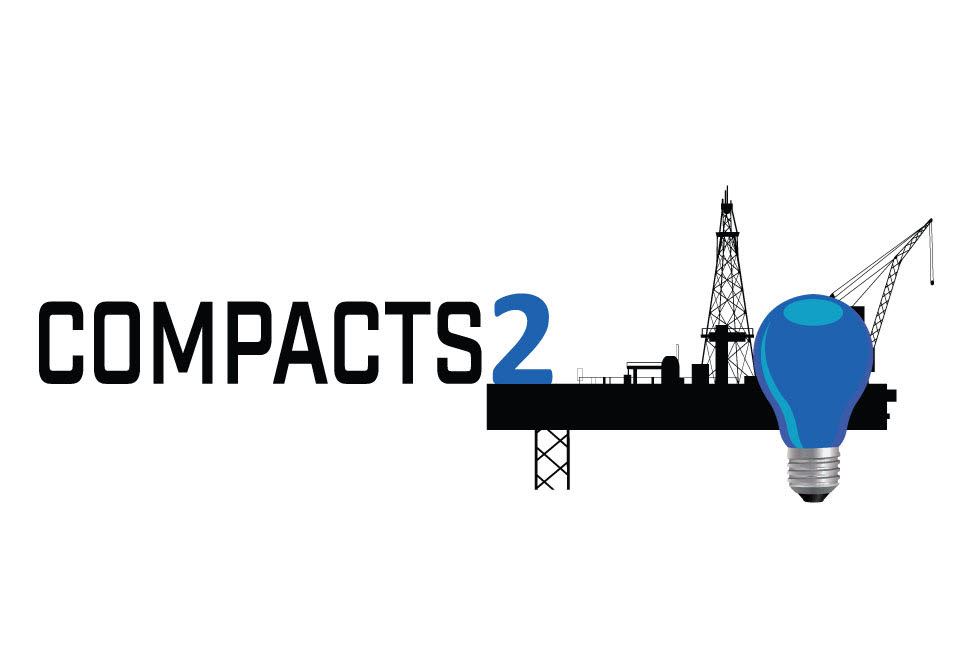This will increase platform energy efficiency and reduce fuel consumption and CO2 emissions by up to 25%. Improved energy efficiency is one of the most effective means of protecting the global environment. The EU has set a goal of 40 % reduction in CO2 emissions from 1990 to 2030, which Norway also supports. Since the Paris agreement improved energy efficiency is one of the main priorities of oil and gas industry.
Availability of space and weight for installing new equipment is limited offshore. The prior COMPACTS project showed how weight and volume of offshore steam bottoming cycles could be reduced by at least 40 % which means they can be more widely implemented than the current technology.
In COMPACTS2 the aim is even further weight reduction and to validate that the novel design of the compact steam cycle has sufficient mechanical strength. This will be performed by a combination of thermo-hydraulic modeling, materials strength analysis and Computational Fluid Dynamics (CFD). Operational routines for bottoming cycles will be improved to increase reliability. Methods will be suggested to design around the challenges found in the current bottoming cycles. In COMPACTS operational data from two of the existing offshore steam bottoming cycles helped bring forward novel designs. In COMPACTS2 operational experience from the only other offshore combined cycle on the NCS will be used to validate and improve the design further. Case studies will be conducted on an operating offshore platform and a FPSO to validate that the technology meets its goals. A successful outcome of COMPACTS2 can help far along the way towards the 2030 emissions reduction goal. This is essential for the industry in order to attain society's acceptance for continued growth in a future carbon constrained world.
